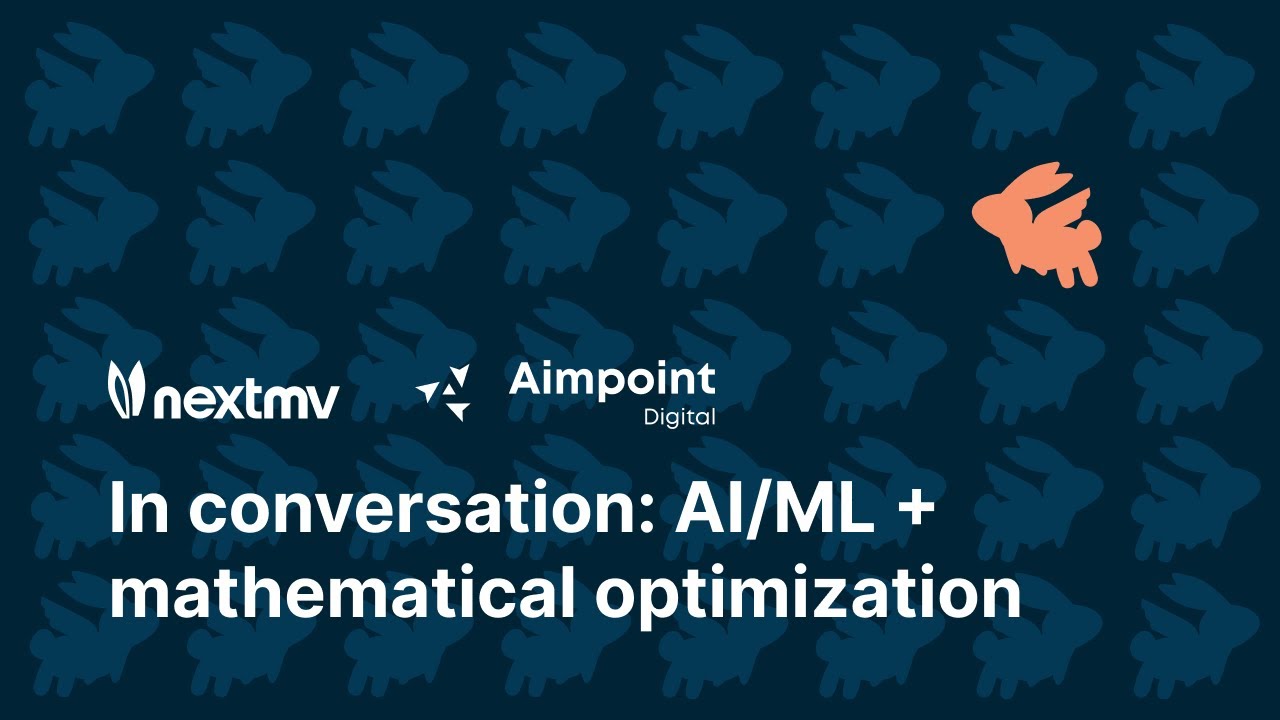Start small with low-hanging fruit
Finding low-hanging fruit that will minimize “time to value” enables successful stakeholder buy-in for future investments, especially in more advanced and complex mathematical optimization projects. We typically find low-hanging fruit ripe for optimization centered around highly manual planning processes. S&OP, production scheduling, and outbound logistics-related processes often have fragmented communication channels that create blind spots between executives, operations teams, and planning teams. This is especially the case when communications often occur over daily calls and through emails comprised of manual, static Microsoft Excel spreadsheets. Additionally, planning teams are often unable to process the large amounts of information available at their fingertips. We find the focus is typically on meeting 1 or 2 critical metrics while the organization misses the mark on other valuable operational KPIs.
Follow examples
Companies that are focused on high levels of customer order OTIF (On-Time in Full), for example, may not include complex transportation rate spread information in their plans. This often results in sub-optimal transportation network spend that could be recovered with a mathematically based optimal plan. With a deterministic, single-objective optimization model, these types of problems can be considered low-hanging fruit as the time to value can be relatively small and there are large cost savings opportunities. The more complicated the model and the closer to reality it needs to mimic, the longer it usually takes to realize value. For more examples of value realized through optimization, the below diagram highlights opportunities across the Chemical Industry Value Chain. Many of the examples can be implemented in a variety of industries.

Clearly define the business challenge
Successful optimization projects start with a well-defined business challenge with a clear business outcome or “objective(s)”. The objective can be anything from minimizing costs to maximizing margins to achieving customer order OTIF (On-time In-full) and everything in between. Clear business objectives will lead to clean, prescriptive recommendations. Clean recommendations also require well-defined constraints related to the business challenge. These constraints can include minimum inventory levels, production changeover times, supplier related constraints, time lapse threshold between order and shipment, etc. It is critical to define both hard and soft constraints to give the optimizer more runway. A hard constraint is one that cannot be “relaxed” and a soft one is one that has more flexibility. By knowing where flexibility in constraints resides, we can ensure that the optimization problem is solvable and “feasible.” Challenges in deploying optimization can occur with infeasible solutions caused by conflicting constraints. By understanding which ones can be relaxed with a clearly defined business challenge, we can ensure both a feasible and optimal solution is formulated.
Develop, test, and evaluate solution
Development for optimization problems varies in length due to the differences in complexity. A low complexity model could be whipped up in minutes. A high complexity model could take months to deploy. Model development is dependent on available data, clear-cut goals as mentioned above, and a well-defined problem space. As each company will have their own KPIS, nearly no two problems are identical. The development stage can take place using out-of-the-box solution software (AIMMS and LLamasoft to name a few) but can often be developed with Python packages. More importantly, development relies on the answers to the following questions:
1. Do I have a single-objective I would like to minimize or maximize?
2. What are the variables that I can change?
3. Are my constraints locked in and rigid or is there slack?
4. Do I need the most precise potential answer, or will a better answer than today be sufficient?
5. Is approximation by linear programming sufficient if I can get to 90% optimal, or does my problem require more advanced techniques?
6. Does the value I gain by utilizing more complex methods outweigh the time and effort to engineer the solution?

Evaluating the correctness of the prescriptive actions by the optimizer typically takes time as one needs to compare current practice against the preferred solution. Different stakeholders often have distinct metrics that will indicate success and we often group these stakeholders into personas for just that reason. The evaluation of the solution requires buy-in from all personas with the ability to calculate or measure KPIs. Before implementation, the testing phase should be piloted on a subset of the business for which direct comparisons between current practices and the optimal solution can be made.
Implementation and value realization
Solution adoption by executives, operations teams, and planning teams are all critical to enabling full scale value realization. The first step is to develop a clear training plan for each persona to ensure the solution is understood and accepted. The training plan should set clear expectations around adoption and roll-out. For value realization, executives and team members need a way to track the financial impact to foster buy-in across the organization, a critical component to success. Financials are not the only KPIs that should be tracked however, as we find it helps to develop usage or adoption metrics as well. These metrics will ensure the solution is being leveraged to deliver the right insights to the right people at the right time to ensure maximum ROI.
Aimpoint Digital will help you take an idea from thought through execution. This collaborative journey will enable you to get the most out of your data and technology investments. Contact us to begin your acceleration process.





